Exploring Cockapoo Colors: A Guide for Enthusiasts
Welcome to the world of Cockapoos, a delightful mix of Poodle and Cocker Spaniel breeds, known for their adorable looks and friendly personalities. As an enthusiast or hobbyist, you’ll find it fascinating to explore the diverse range of colors and coat patterns these charming dogs can exhibit. That’s where we come in – dive into the captivating realm of Cockapoo colors with us!
Cockapoo Breed Overview
Cockapoos are a popular hybrid breed, resulting from the intentional cross-breeding of Cocker Spaniels and Poodles. This unique combination results in an intelligent, affectionate, and friendly pet that has captured the hearts of many dog lovers. Originating in the United States during the 1960s, Cockapoos were among the first of the so-called “designer dogs” and have remained a highly sought-after breed. One of the reasons for their popularity lies in their wide variety of colors and coat patterns, which vary depending on their parentage, as well as the inherent traits that make them adaptable companions.
The Cockapoo’s coat is hypoallergenic, a characteristic that comes from the Poodle side. This means they produce minimal dander, making them suitable for individuals with allergies. The texture of their coats varies, ranging from tight curls to soft waves, depending on whether the individual Cockapoo received genes leaning more towards the Poodle or the Cocker Spaniel. The coat colors also depend on the parents, with a multitude of potential combinations. Cockapoo enthusiasts are sure to appreciate the many colors in which Cockapoos can be found, resulting in an array of possibilities to choose from.
Cockapoos come in a wide variety of colors and combinations, making them an attractive choice for enthusiasts and hobbyists alike. Solid colors such as black, chocolate, red, silver, and cream are commonly found, while other color variants include merle and parti-colored patterns. The latter, known as ‘parti,’ can feature eye-catching combinations like black-and-white or chocolate-and-white. Furthermore, the unique merle pattern consists of a marbled coat with patches of different colors, giving these dogs a distinct appearance. With an increasing interest in the Cockapoo’s varied coat colors and patterns, appreciation for these friendly, versatile, and lovable dogs continues to grow.
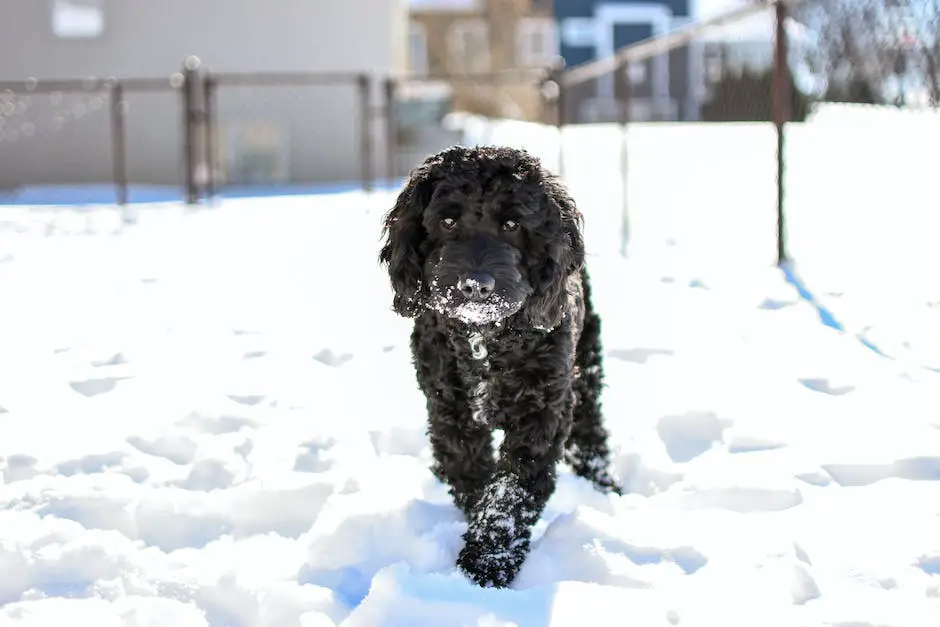
Basic Cockapoo Color Genetics
Understanding Cockapoo Color Genetics
The fascinating array of colors found in Cockapoos is a result of the dominant and recessive genes inherited from their Poodle and Cocker Spaniel parents. Poodles typically exhibit solid colors like black and white, whereas Cocker Spaniels can have patterned colors such as solid, roans, and partis. By exploring these genetics, enthusiasts can gain a deeper appreciation for the ever-appealing Cockapoo coat variations and the role that heredity plays in shaping each individual dog’s appearance.
Dominant and Recessive Genes
Black is dominant over brown, so a puppy with one black gene and one brown gene will be black, while two brown genes will produce a brown coat. The cream or apricot coat color is determined by the dominant E gene, while the recessive e gene yields various shades of cream, apricot, and red.
Color Patterns
As a Cockapoo enthusiast or hobbyist, it is essential to become skilled in understanding the color patterns that make each dog unique. Parti-colored Cockapoos have color patches on a primarily white coat, whereas Roan Cockapoos feature mixed-colored hairs for a mottled or flecked appearance. Merle patterning is also common in the breed, with random sections of the coat being diluted to create a marbled effect.
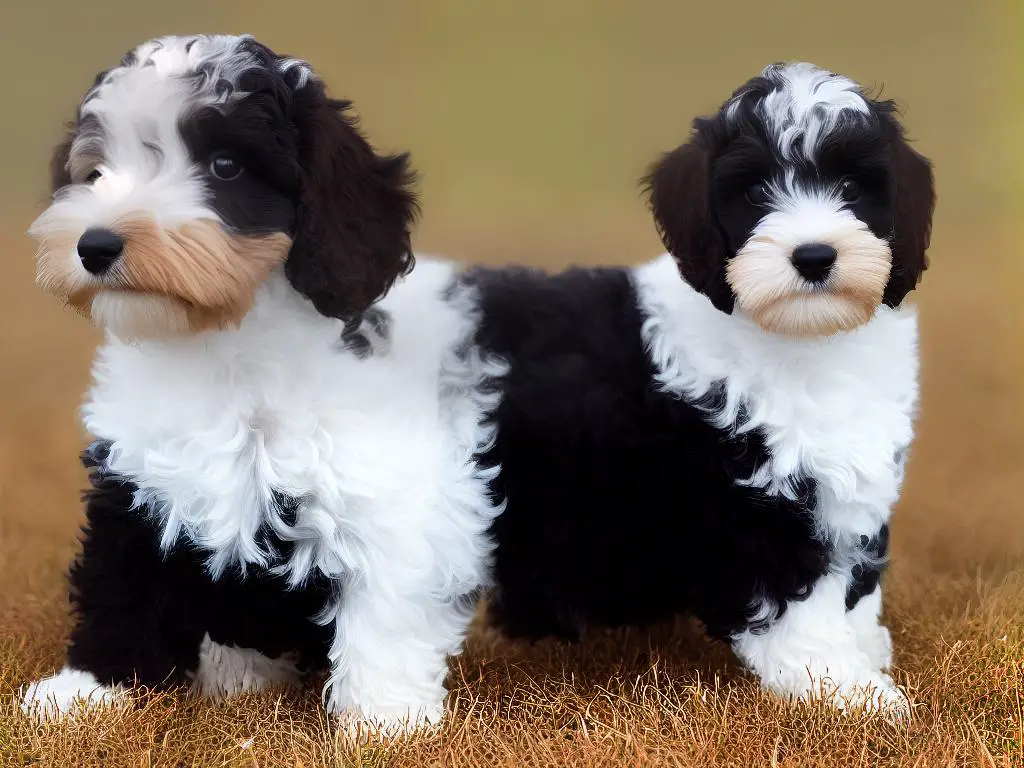
Recognizing Cockapoo Colors
Recognizing the various Cockapoo colors is crucial to fully appreciate the beauty and uniqueness of this popular designer dog breed. With a vast range of hues, including black, chocolate, red, apricot, and cream, each color presents itself distinctly. By developing the skill to identify these colors, you’ll have a deeper understanding of what makes each Cockapoo so special and enjoy the journey of being a committed Cockapoo enthusiast.
To differentiate these colors, it is essential to pay close attention to the specific shades and characteristics of each. Black Cockapoos are entirely black or may have some white markings, and their coat color can range from a deep, dark black to a slightly lighter shade of black. Chocolate Cockapoos have their distinct rich, brown color that looks like a caffe latte, sometimes with white patches, and they can range from dark chocolate to a more milk chocolate shade. Contrasting those colors, red Cockapoos offer a lovely reddish-brown that can appear close to a rusty brown or even a deep auburn, while apricot Cockapoos have a slightly lighter and more golden hue, similar to the color of ripe apricots. Finally, cream Cockapoos have the lightest color among the various shades, ranging from nearly white to a soft off-white or pale beige, which can sometimes appear to have a slight yellow or golden tint.
As a Cockapoo enthusiast or hobbyist, one fascinating aspect to explore is the diverse range of colors and patterns that can be found in their coats. The merle and phantom patterns are excellent examples, featuring a blend of two or more colors. The merle pattern has marbled or mosaic patches, while the phantom pattern consists of a base color with defined markings of a second shade. By learning to recognize and appreciate these intriguing color combinations, you can deepen your love and understanding of this delightful breed. So, keep an eye out for these unique color variations when encountering these adorable and loving dogs.
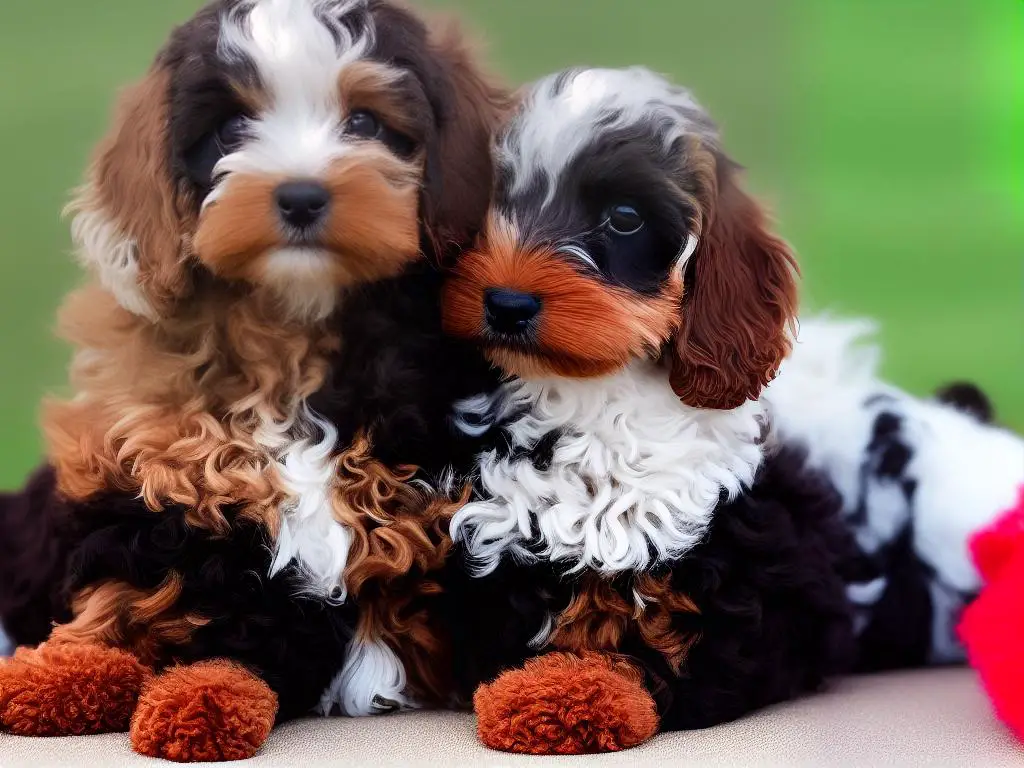
Cockapoo Coat Patterns
With Cockapoo coat patterns being as diverse as their personalities, a popular pattern to look for is the parti Cockapoo, characterized by a base color (such as white) with patches or spots of another color (like black, red, or chocolate). This striking pattern makes the Cockapoo stand out among other dogs. Equally captivating is the phantom pattern, which features a solid base color, such as black, with accompanying tan markings on the face, legs, and rear. As a Cockapoo enthusiast or hobbyist, having a keen eye for these distinctive patterns enriches your appreciation for this lovable breed.
Ticking is another fascinating coat pattern that can be seen in some Cockapoos. This refers to the presence of small, individual flecks of color scattered on the dog’s coat, usually on a white background. The type and color of these flecks vary greatly, giving each dog a distinct appearance. Meanwhile, the merle pattern contributes to an array of colors mixed throughout the coat, creating a marbled or speckled effect. Merle Cockapoos often have blue or partially blue eyes, adding to their unique appearance.
Aside from the patterns mentioned above, there are also other variations of Cockapoo color combinations. These combinations can be found in patterns such as sable, which features a mix of dark-tipped hairs against a lighter background color like red, apricot, or cream. Over time, the dark tips may fade, giving the dog a uniform color. Another example is the brindle pattern, where the dog’s coat has a mix of light and dark hairs, creating a tiger-stripe effect. With Cockapoos inheriting their coat colors from their Poodle and Cocker Spaniel parents, the possibilities for unique and beautiful coat patterns are virtually endless.
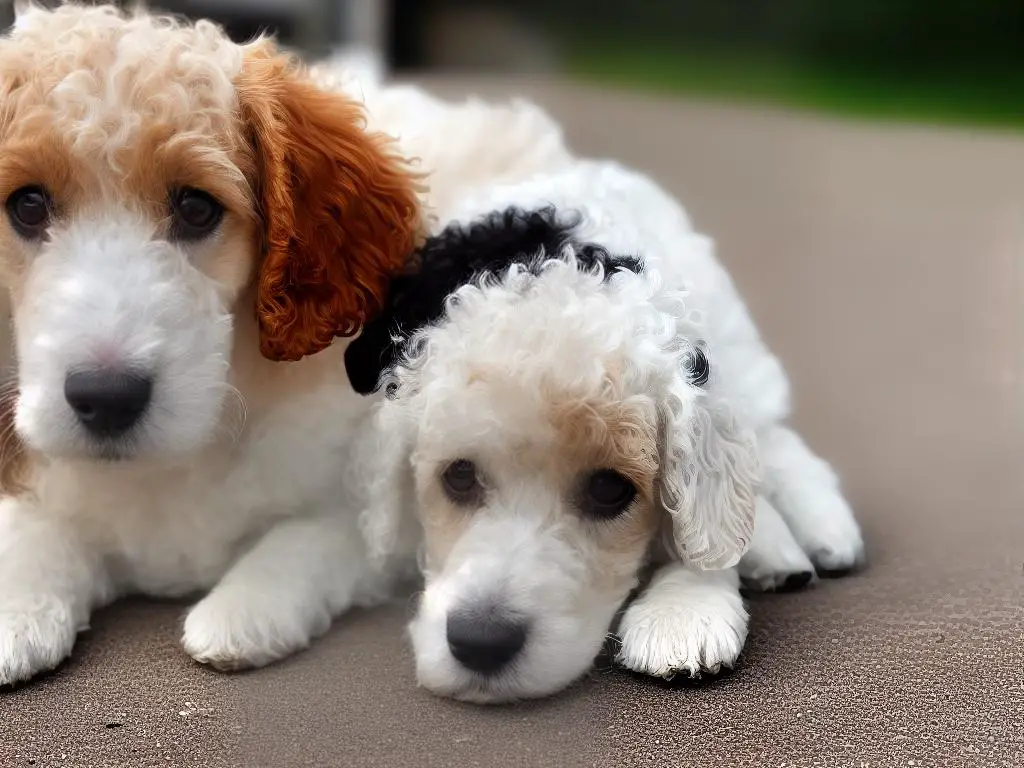
Cockapoo Color Changes
One fascinating aspect of owning a Cockapoo is observing the potential color changes in their coat as they grow and age. Cockapoos inherit various colors from the mix of Cocker Spaniel and Poodle genes, offering a wide range of possibilities for their coat patterns. To predict the changes in their coat color, it’s essential to familiarize yourself with the factors contributing to these transformations.
The most influential factors include the colors of both parent breeds, the presence of the fading gene inherited from the Poodle side, and the extent to which their coat is exposed to sunlight. As an enthusiast or hobbyist, understanding these factors and color genetics will help you appreciate the beauty and uniqueness of Cockapoos even more.
While Cockapoos can come in various colors such as black, chocolate, red, apricot, cream, and white, some of these colors may fade, darken, or change over time.
For example, a black Cockapoo might develop white or silver hairs as they mature, whereas a chocolate or red Cockapoo can fade to a lighter shade.
The fading gene can cause a significant change where a dark-colored puppy could grow into a much lighter-colored adult dog.
Regular grooming can play a crucial role in maintaining the vibrancy and health of the Cockapoo’s coat.
Trimming or clipping the coat can reveal the underlying colors, resulting in noticeable color evolution in your furry friend.
One of the fascinating aspects of Cockapoo puppies is trying to predict the color of their adult coat. While genetics play a significant role in determining the final outcome, various factors can lead to color changes, making it an exciting challenge for enthusiasts and hobbyists. The potential variations in adult colors arise from the breed’s unique lineage, being a combination of a Cocker Spaniel and a Poodle, both of which come in a variety of shades and patterns.
To make an educated guess about a Cockapoo puppy’s adult color, it’s essential to consider its ancestry in addition to examining its puppy coat. Generally, Cockapoos can be solid-colored, bi-colored, or even tri-colored, depending on the colors of their parents. Common shades include black, white, cream, apricot, red, chocolate, and sable. It’s also important to note that a Cockapoo’s adult coat may not be an exact match to its puppy coat; many puppies will experience a significant transformation or fade in color as they grow.
Moreover, some Cockapoo puppies will inherit the “phantom” or “sable” pattern from their parents, which can result in their coat featuring multiple colors and unique markings. The intensity and distribution of these additional hues may change over time, leading to various shifts in appearance. Furthermore, the type of coat can also influence the final color, with curly coats often appearing darker than wavy ones.
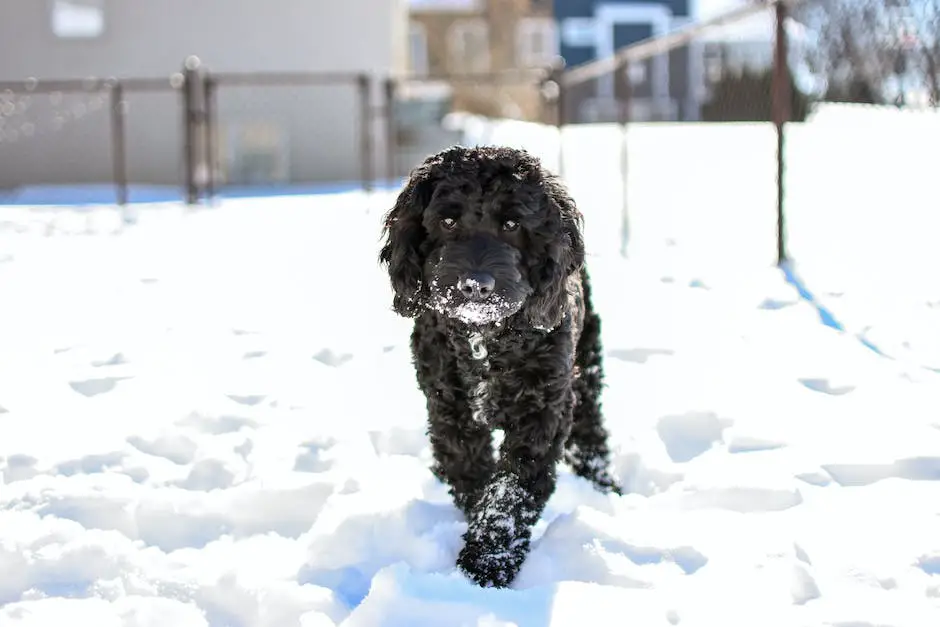
Cockapoo Puppies and Predicting Adult Colors
Another factor that could influence coat color in Cockapoos is sun exposure. Just like human hair, a dog’s coat can be lightened by the sun, particularly in the summer months. Avoid excessive sun exposure and ensure your Cockapoo stays protected with the right amount of shade and sunscreen designed for dogs, especially for those with lighter colored coats.
By understanding these factors, including genetics, coat types, and environmental influences, you can anticipate and embrace the color changes of your Cockapoo as they grow and develop. This knowledge will allow you to appreciate the unique beauty of your beloved companion and enhance your experience as a breed enthusiast or hobbyist.
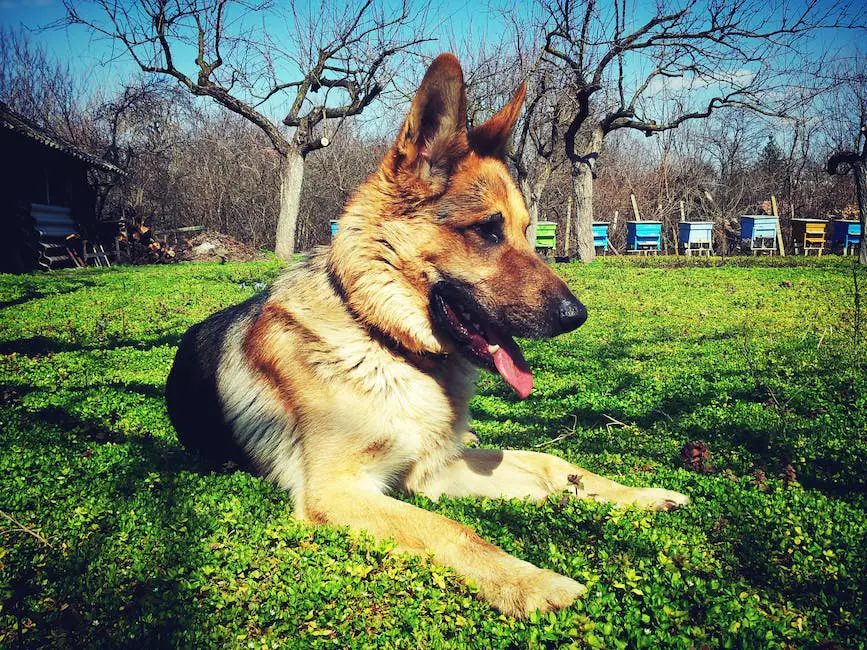
By now, you should have a solid understanding of the different colors, coat patterns, and important considerations when it comes to Cockapoo colors. These endearing dogs not only grab our hearts with their gentle dispositions but also with their uniquely beautiful appearances. Keep exploring and appreciating all the delightful variations found in Cockapoos, and enjoy the wonderful journey of becoming skilled in the art of recognizing and predicting their colors.
